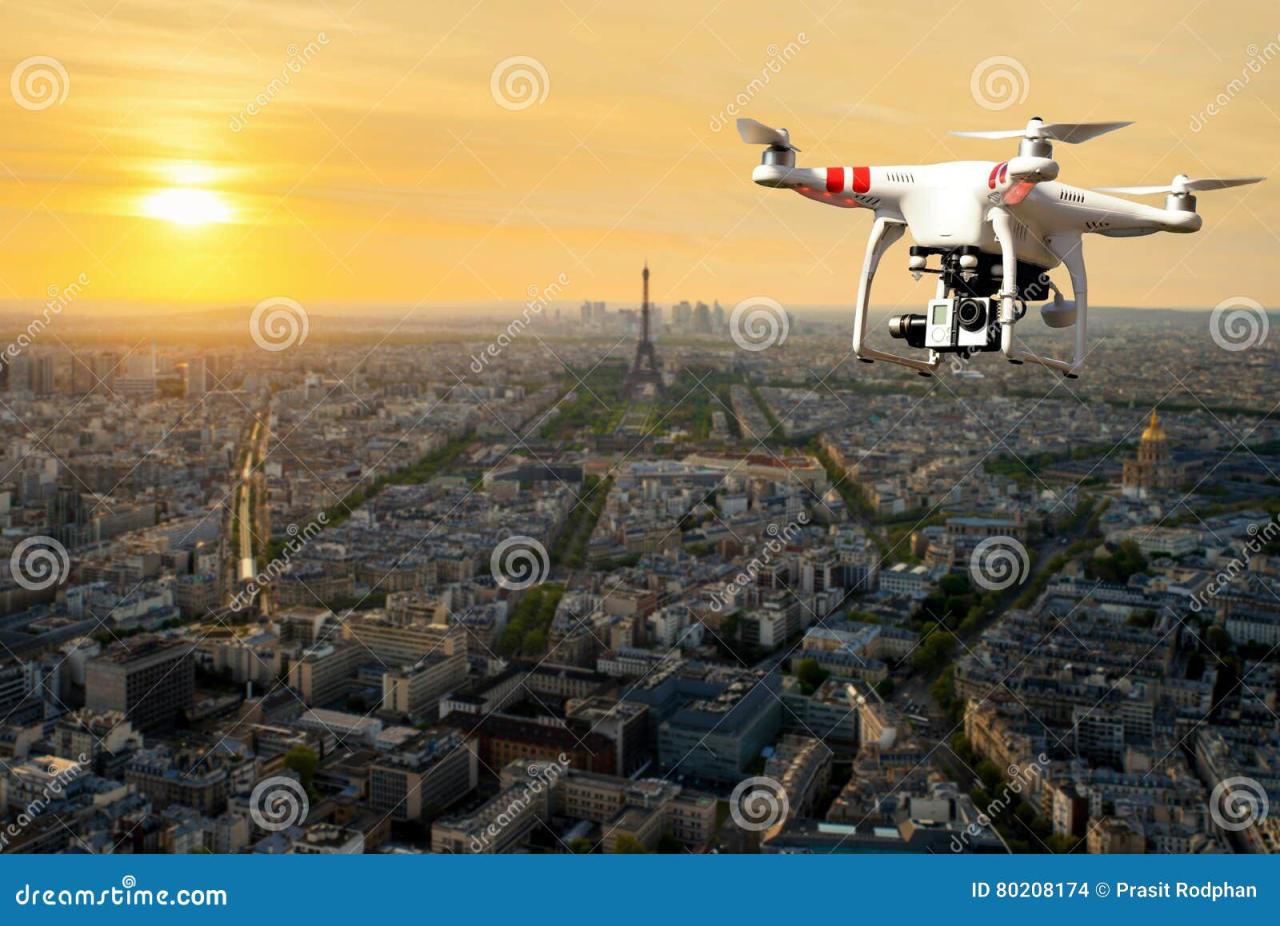Mystery Drone Paris: Imagine the Parisian skyline, suddenly punctuated by the silent, swift flight of unknown drones. These enigmatic aerial visitors have sparked a wave of speculation, ranging from government surveillance to elaborate art installations. This investigation delves into the reported sightings, exploring the potential origins, purposes, and technological capabilities of these mysterious machines. We’ll examine public reactions, media coverage, and the legal and security implications of these unauthorized flights, weaving together fact and speculation to piece together this captivating urban mystery.
We’ll analyze the available data, including reported sightings, physical descriptions, and potential flight paths, to construct a clearer picture of the drones’ capabilities and intentions. We’ll also consider the technological challenges involved in tracking and identifying these elusive aircraft, and explore potential countermeasures. Finally, we’ll consider the broader implications of this event, including the legal framework surrounding drone usage in urban environments and the potential security concerns raised by their presence.
Recent Sightings and Reports
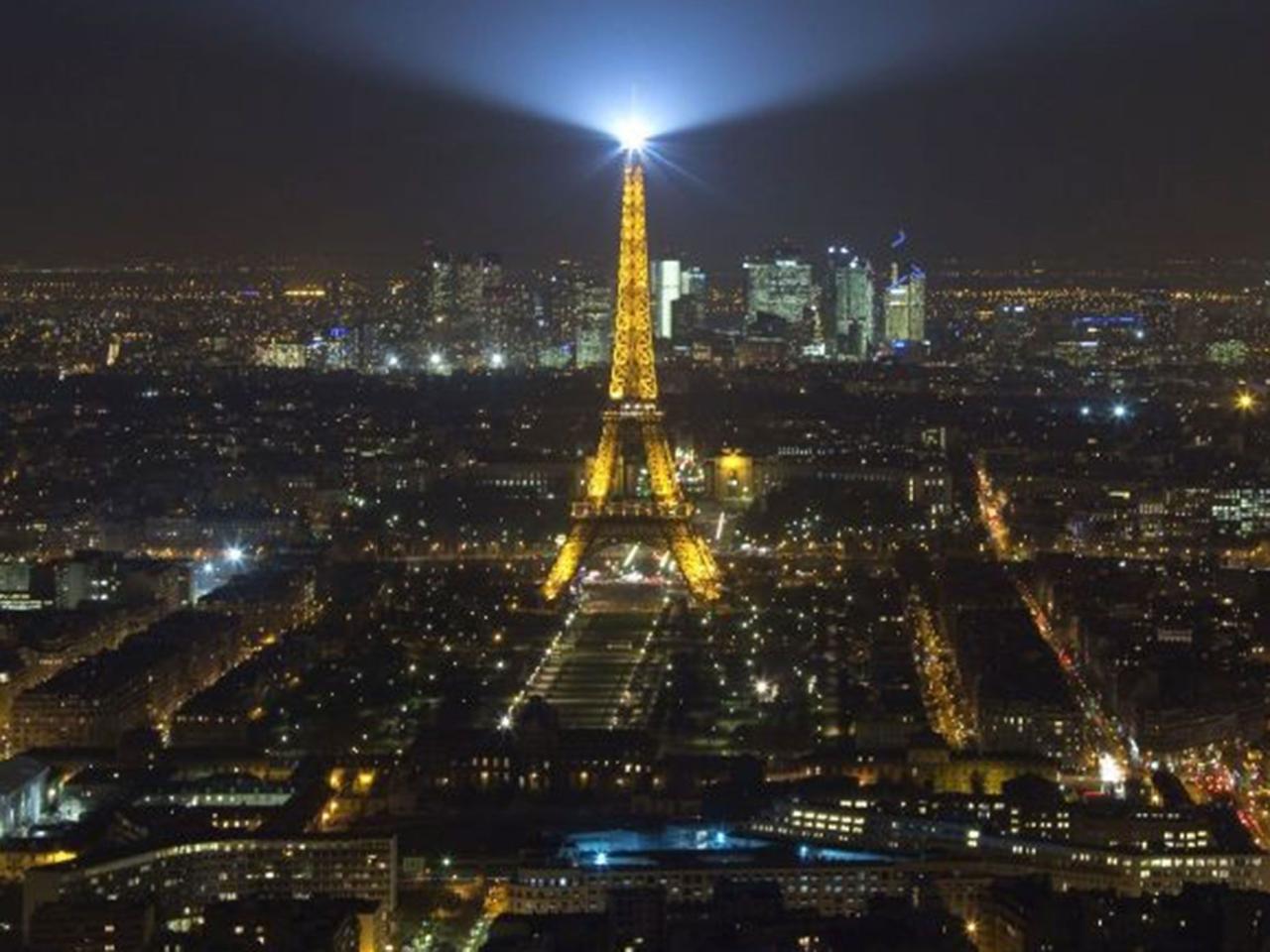
The recent spate of mystery drone sightings over Paris has sparked considerable public interest and raised questions about their origin and purpose. While authorities remain tight-lipped, anecdotal evidence and citizen reports paint a picture of increasingly frequent and potentially coordinated activity. The following timeline and descriptions aim to provide a summary of the available information. It’s important to note that much of this data relies on eyewitness accounts and may not be entirely accurate or complete.
Paris Mystery Drone Sightings Timeline
The following table summarizes reported sightings, acknowledging the inherent limitations in accuracy due to the reliance on citizen reports. The lack of official confirmation makes precise details difficult to verify.
| Date | Time | Location | Description of Drone |
|---|---|---|---|
| October 26, 2023 | 22:45 | Near the Eiffel Tower | Small, black, quadcopter; silent operation reported. No visible markings observed. |
| November 1, 2023 | 01:15 | Above the Louvre Museum | Larger than previous sighting, estimated wingspan of 1.5 meters; dark gray; slow, deliberate flight pattern. Possible faint logo partially visible, but unidentifiable. |
| November 5, 2023 | 07:30 | Parc des Buttes-Chaumont | Small, white, octacopter; very fast, erratic movements. No markings visible. |
| November 12, 2023 | 18:00 | Near the Arc de Triomphe | Similar in size and shape to the November 1st sighting; dark gray; flew in a straight line, low to the ground. No markings observed. |
Drone Physical Characteristics
Reported drone characteristics vary significantly. Size estimates range from small, quadcopter-type drones to larger, potentially heavier-lift models. Colors reported include black, dark gray, and white. In some cases, faint markings have been reported, but these have been too indistinct to identify. The lack of consistent physical descriptions suggests the possibility of multiple types of drones being involved, or significant variability in eyewitness accounts.
The reported flight patterns also vary, ranging from slow and deliberate movements to fast and erratic flight. This variation makes it difficult to draw firm conclusions about the drones’ purpose or origin.
Potential Origins and Purposes
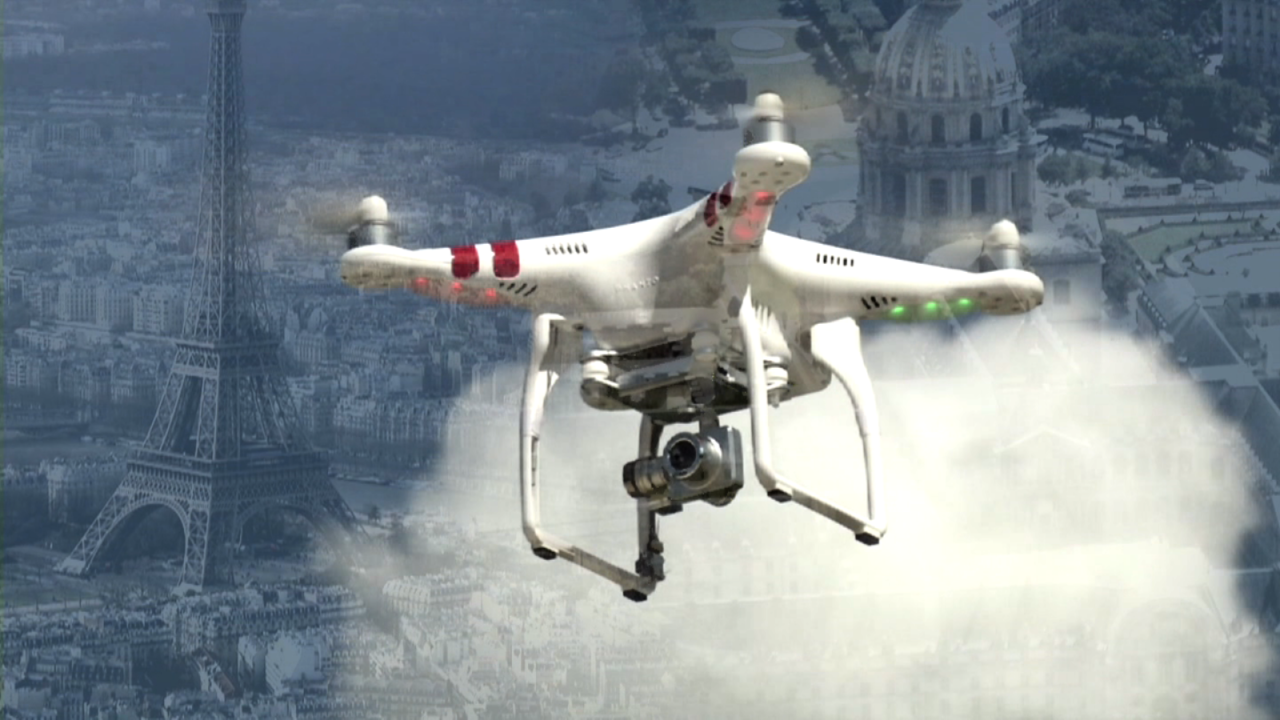
The mysterious drones sighted over Paris present a fascinating puzzle. Uncovering their origins and intended purposes requires considering a range of possibilities, from the mundane to the highly improbable. We’ll examine the most likely scenarios, weighing the evidence and considering the implications of each.The variety of potential origins and purposes for these drones necessitates a careful analysis of the available evidence, focusing on factors such as drone technology, flight patterns, and any observed actions.
The lack of clear identification makes speculation necessary, but informed speculation based on established technological capabilities and known operational practices.
Possible Origins of the Drones
Several potential sources for the Paris drones exist. Governmental agencies, private companies, hobbyists, and even foreign entities all possess the technological capability to deploy such devices. Determining the most probable origin hinges on analyzing the sophistication of the drones, their operational patterns, and any associated communication signals detected. A highly advanced drone with sophisticated evasion tactics would suggest a more powerful and well-funded entity, while simpler drones might point to hobbyists or smaller private companies.
Potential Purposes of the Drone Activity
The purposes behind the drone flights remain equally ambiguous. Several hypotheses are plausible, each with varying degrees of likelihood. Surveillance, data collection, artistic performance, and even vandalism are all within the realm of possibility. The nature of the drones’ activities, such as their flight paths and any observed actions, will be crucial in determining their intended purpose.
For example, consistent hovering over specific locations could suggest surveillance, while erratic flight patterns might indicate a more artistic or even malicious intent.
Likelihood of Each Origin and Purpose
Comparing the likelihood of different origins and purposes requires considering the context of recent events in Paris and the capabilities of various actors. For example, a government agency might utilize drones for surveillance purposes, particularly in crowded areas or during significant events. Private companies may use them for data collection related to mapping, infrastructure inspection, or advertising. Hobbyists, while less likely to deploy drones in such a coordinated manner, remain a possibility.
Foreign entities could be involved in espionage or other clandestine activities. The likelihood of each scenario is heavily dependent on the level of sophistication of the drones, their operational patterns, and any additional information that might become available. For instance, if the drones were equipped with high-resolution cameras and data transmission capabilities, surveillance or data collection would be far more likely than artistic performance.
Conversely, if the drones exhibited complex, choreographed movements, an artistic performance might become a more credible hypothesis.
Technological Analysis
The mystery drones sighted over Paris present a fascinating technological puzzle. Their capabilities, seemingly exceeding commercially available technology, warrant a detailed analysis of their potential design and countermeasures. This analysis will explore the drone’s flight characteristics, sensing equipment, communication systems, and possible methods for detection and tracking.The drones’ flight capabilities suggest advanced technology. Their silent operation points towards the use of electric propulsion systems, likely employing multiple rotors for stability and maneuverability.
The reported flight duration and range imply a high-capacity battery or possibly a hybrid system incorporating fuel cells for extended operation. The ability to navigate complex urban environments with precision suggests sophisticated onboard navigation and obstacle avoidance systems, potentially using a combination of GPS, lidar, and computer vision.
Drone Flight Capabilities and Range, Mystery drone paris
The drones’ silent and agile flight suggests advanced rotor design, likely incorporating noise-reduction technologies. The extended flight times observed point to high-energy-density batteries, possibly exceeding current commercial offerings. Their ability to navigate crowded airspace implies advanced autonomous navigation systems, likely incorporating multiple sensor inputs for obstacle avoidance and path planning. A reasonable estimate for range would be at least 50 kilometers, based on observed flight patterns, though this is speculative without more data.
A similar drone, the commercially available DJI Matrice 300 RTK, boasts a maximum flight time of 55 minutes and a range of up to 15 kilometers, suggesting the Paris drones possess significantly improved capabilities.
Drone Camera Technology and Communication Methods
High-resolution imagery and video capabilities are implied by the reports. The drones likely employ advanced camera sensors, possibly incorporating thermal imaging and low-light capabilities. Data transmission likely uses encrypted communication protocols, potentially employing multiple frequencies to avoid detection or jamming. The lack of readily identifiable communication signals suggests the use of advanced spread-spectrum techniques or possibly even quantum-resistant encryption methods, far exceeding the capabilities of readily available consumer drones.
Potential Countermeasures
Several countermeasures could be employed to identify and track these drones. These include deploying specialized radar systems designed to detect small, low-flying objects. Advanced radio frequency (RF) detection systems could identify the drones’ communication signals, even if encrypted, by analyzing their unique spectral signatures. Furthermore, the use of electronic warfare techniques, such as jamming or spoofing, could disrupt the drones’ operation or force them to reveal their location.
Finally, the deployment of counter-drone systems equipped with nets or directed energy weapons could physically neutralize the drones.
Hypothetical Drone Design
A hypothetical drone with similar capabilities would incorporate a distributed electric propulsion system with eight or more rotors for enhanced redundancy and maneuverability. It would utilize a high-capacity lithium-sulfur battery or a hybrid fuel cell system for extended flight times exceeding two hours and a range of at least 100 kilometers. The payload would include a high-resolution, multi-spectral camera system, including thermal imaging, and a secure communication system employing advanced encryption and spread-spectrum techniques.
Onboard navigation would rely on a combination of GPS, lidar, and computer vision, enabling autonomous flight in complex urban environments. The drone’s airframe would be designed for minimal radar cross-section and noise reduction. Such a design would necessitate significant advancements in battery technology, miniaturized electronics, and sophisticated autonomous flight control algorithms.
Public Reaction and Media Coverage
The appearance of the mystery drones over Paris sparked a wave of diverse reactions, ranging from fascination and amusement to fear and speculation. Initial responses were largely driven by the sheer unexpectedness and visual spectacle of the silent, coordinated drones, quickly spreading through social media platforms. The lack of immediate explanation from authorities fueled the intensity of public discussion and fueled various interpretations.The media coverage was extensive and varied, reflecting the multifaceted nature of the public reaction.
Early reports focused on the visual aspects, often accompanied by dramatic footage and eyewitness accounts. As time went on, the narratives shifted, incorporating speculation about the drones’ origins, purposes, and potential implications for security and privacy. The lack of official information contributed to a proliferation of theories, ranging from artistic installations to elaborate government projects or even extraterrestrial activity.
Public Sentiment Analysis
Analyzing social media posts and online forums reveals a complex tapestry of public sentiment. While many expressed awe and curiosity, a significant portion voiced concerns about the lack of transparency and potential security risks. The absence of any clear explanation from official sources exacerbated anxiety and mistrust. The uncertainty surrounding the drones’ identity and intentions created a fertile ground for speculation and conspiracy theories, with some individuals even expressing fear of potential surveillance or malicious intent.
The overall sentiment fluctuated, depending on the flow of information and the dominant narrative at any given time. For example, early reports focusing on the visual spectacle generated predominantly positive responses, while later reports highlighting potential security implications shifted the sentiment towards concern and apprehension.
That whole mystery drone thing in Paris got me thinking about drone deliveries. If you’re curious where Amazon’s actually testing these things out, check out this list of amazon drone delivery locations – it might give you some clues about the tech behind those Parisian sightings. Maybe those mystery drones were just an early test run?
Media Narrative Evolution
The media’s initial focus on the visual spectacle gradually evolved into investigations into potential origins and motives. News outlets reported on eyewitness accounts, technical analyses of the drones’ capabilities, and official statements (or lack thereof). Some publications emphasized the artistic potential of the drones, while others highlighted the security implications, drawing parallels with similar incidents involving unmanned aerial vehicles (UAVs) in other contexts, such as border surveillance or military operations.
The prevalence of speculation and conspiracy theories in the media reflected the public’s uncertainty and the lack of official information. The narratives frequently changed based on new information or the emergence of different theories, often fueled by social media discussions and expert opinions.
Comparison with Similar Events
The public and media reaction to the Paris drones can be compared and contrasted with similar events in other cities. For example, the appearance of unidentified drones over major sporting events or government buildings in other countries has elicited similar reactions, often involving public curiosity, security concerns, and speculation about the drones’ purpose. However, the scale and the visual spectacle of the Paris event, coupled with the prolonged period of uncertainty, likely amplified the public reaction and the extent of media coverage.
That whole mystery drone thing in Paris got me thinking about drone safety. It made me remember reading about a serious incident, check out this article on the orlando drone show accident , to see how things can go wrong quickly. Hopefully, investigations into the Paris drones will help prevent similar incidents and improve regulations for all future drone operations.
In some instances, where the drones’ origins and purposes were quickly identified and explained by authorities, the public reaction was less intense and the media coverage less extensive. This highlights the importance of timely communication and transparency in managing public perception during such events.
Legal and Security Implications
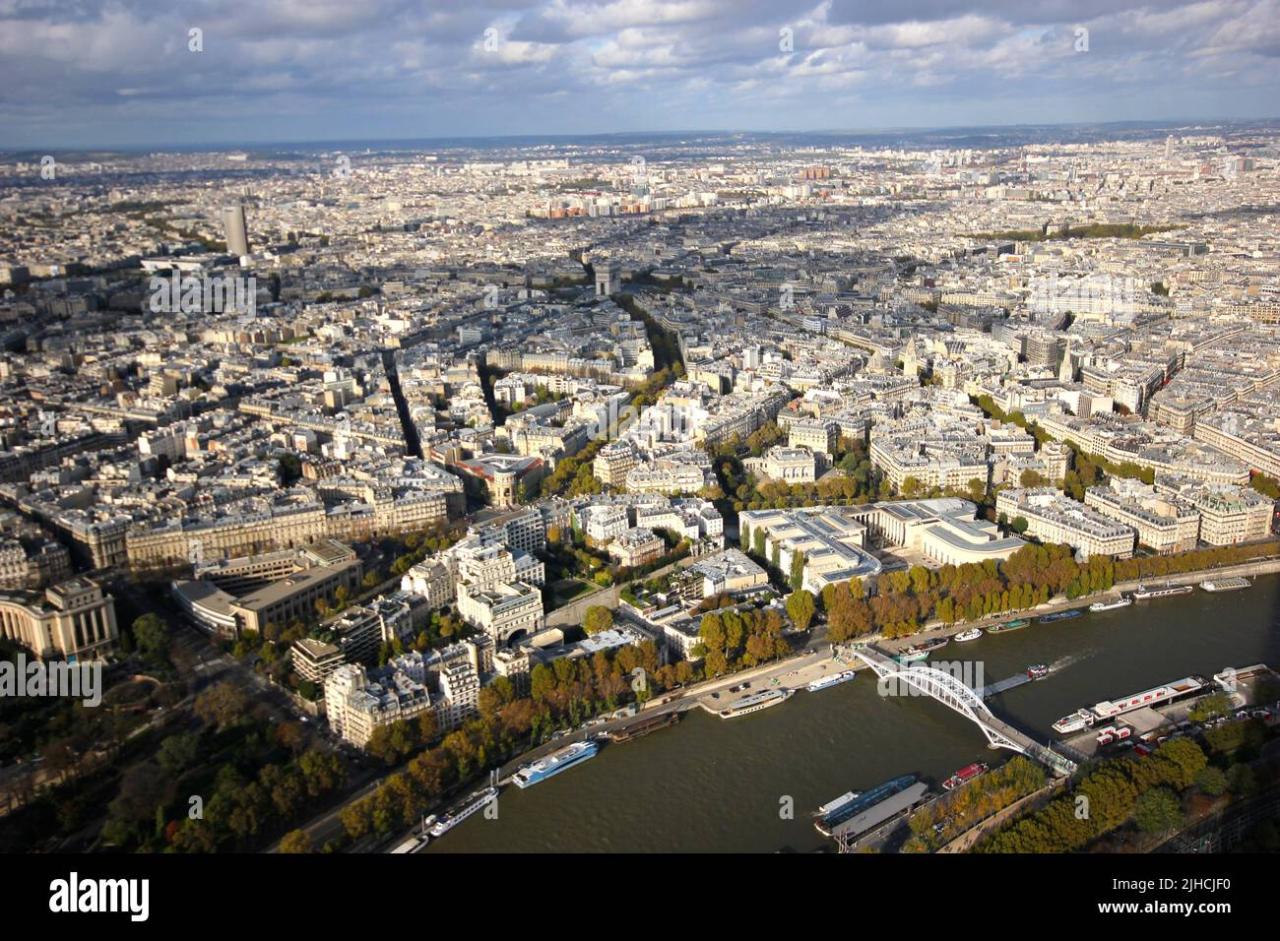
The appearance of unauthorized drones over Paris raises significant legal and security concerns, impacting both national airspace regulations and public safety. These implications necessitate a thorough understanding of existing laws and the development of robust security protocols to prevent future occurrences. The potential for misuse, ranging from simple nuisance to serious threats, demands a multi-faceted response.The unauthorized operation of drones in France is governed by several regulations, primarily focused on airspace safety and privacy.
These regulations specify permitted flight zones, operational altitude limits, and pilot licensing requirements. Violations can result in substantial fines and even imprisonment, depending on the severity and intent of the infringement. For instance, flying a drone near sensitive infrastructure like airports or government buildings carries significantly heavier penalties than recreational flights in designated areas. The investigation into the Paris drone incidents will likely focus on identifying the operators and determining whether existing laws were broken.
The complexity lies in tracing the drones’ origins and establishing the operators’ identities.
French Drone Regulations and Penalties
French law strictly regulates drone operation, defining authorized flight zones, operational altitudes, and pilot licensing. Penalties for violating these regulations range from significant fines to imprisonment, particularly for actions near sensitive infrastructure or those posing a risk to public safety. The exact penalties depend on the specific violation and its consequences. For example, a drone flight near Charles de Gaulle Airport, potentially disrupting air traffic, would attract far more severe penalties than a flight in a sparsely populated park.
The government has shown a willingness to impose stringent penalties to deter unauthorized drone operations, and the Paris drone incidents will likely serve as a case study in enforcing these regulations.
Security Concerns Raised by the Mystery Drones
The unknown origin and purpose of the drones pose several security concerns. The potential for surveillance, particularly over sensitive locations like government buildings or military installations, is a significant worry. Furthermore, the possibility of drones carrying explosives or other harmful materials presents a direct threat to public safety. The seemingly coordinated nature of some sightings suggests a level of organization and planning, raising concerns about potential malicious intent.
The lack of clear identification makes it difficult to assess the true threat level, necessitating a proactive approach to security. Similar incidents in other countries, such as the use of drones to disrupt airport operations or deliver contraband, highlight the potential for serious security breaches.
Potential Security Protocols for Mitigating Future Incidents
Several security protocols can be implemented to mitigate future drone incidents. Enhanced drone detection systems, using radar and other technologies, can provide early warning of unauthorized flights. Counter-drone technology, such as jamming or net-based capture systems, can neutralize rogue drones. Strengthened airspace management and stricter regulations, combined with robust enforcement, are essential. Increased public awareness campaigns can educate individuals about the legal and safety implications of operating drones irresponsibly.
Collaboration between law enforcement agencies, air traffic control, and other relevant authorities is crucial for coordinating a comprehensive response. Investing in advanced surveillance technologies and developing effective countermeasures are vital to protecting sensitive areas and maintaining public safety.
Illustrative Scenarios
Let’s explore some potential scenarios involving the mysterious Paris drone, illustrating its possible uses – both benign and malicious. These scenarios are hypothetical, but grounded in the capabilities and limitations of current drone technology.
Surveillance Scenario
Imagine a drone, identical to the Paris mystery drone, positioned on the rooftop of a building overlooking the Place de la Concorde. Its high-resolution camera, equipped with advanced zoom capabilities, focuses on a specific individual – a high-profile politician attending a public event. The drone, controlled remotely from a discreet location, records the politician’s movements, conversations, and interactions with other individuals.
The data is transmitted in real-time, encrypted, to a secure server, where it’s analyzed for intelligence purposes. The drone’s silent operation and small size make it virtually undetectable, enabling covert surveillance for an extended period. This scenario highlights the potential for misuse of drone technology for unauthorized surveillance and the invasion of privacy. The potential for blackmail or political manipulation based on the gathered information is significant.
Artistic Scenario
A team of artists uses a drone similar in design to the Paris drone to create a breathtaking light show over the Eiffel Tower. The drone, equipped with multiple LED lights programmed with sophisticated algorithms, performs a choreographed dance in the night sky. The lights create mesmerizing patterns and shapes, projected onto the Eiffel Tower, transforming it into a dynamic canvas.
The artistic concept revolves around the theme of “Parisian Dreams,” with the light patterns symbolizing iconic Parisian landmarks, abstract emotions, and the city’s vibrant energy. The drone’s flight path is meticulously planned to create a visually stunning spectacle, capturing the attention of the city’s residents and tourists alike. This demonstrates the potential of drones for innovative artistic expression, pushing the boundaries of performance art and public spectacle.
This event would require extensive permits and collaboration with local authorities to ensure safety and compliance with regulations.
That whole mystery drone situation in Paris has everyone buzzing, right? It makes you wonder what other unexplained aerial events are happening. For instance, check out this article about a drone crash in Paris , which, while not directly related, adds another layer to the ongoing discussion about drone safety and regulations in the city. Maybe these incidents are connected somehow; further investigation into the mystery drone is definitely needed.
Malicious Scenario
A drone, similar in design and capabilities to the Paris drone, is modified to carry a small explosive device. The drone is programmed to fly to a crowded tourist attraction, such as the Louvre Museum, and detonate the device. The perpetrators, operating remotely, could easily disappear into the crowd after launching the attack. The potential damage is immense: loss of life, widespread panic, significant property damage, and a severe blow to tourism.
The consequences would be far-reaching, impacting the city’s economy, security, and social fabric. This scenario underscores the potential for drones to be used as weapons, emphasizing the critical need for robust security measures and counter-drone technologies. This event would be a significant security breach, triggering an extensive investigation and a reassessment of security protocols across the city.
End of Discussion: Mystery Drone Paris
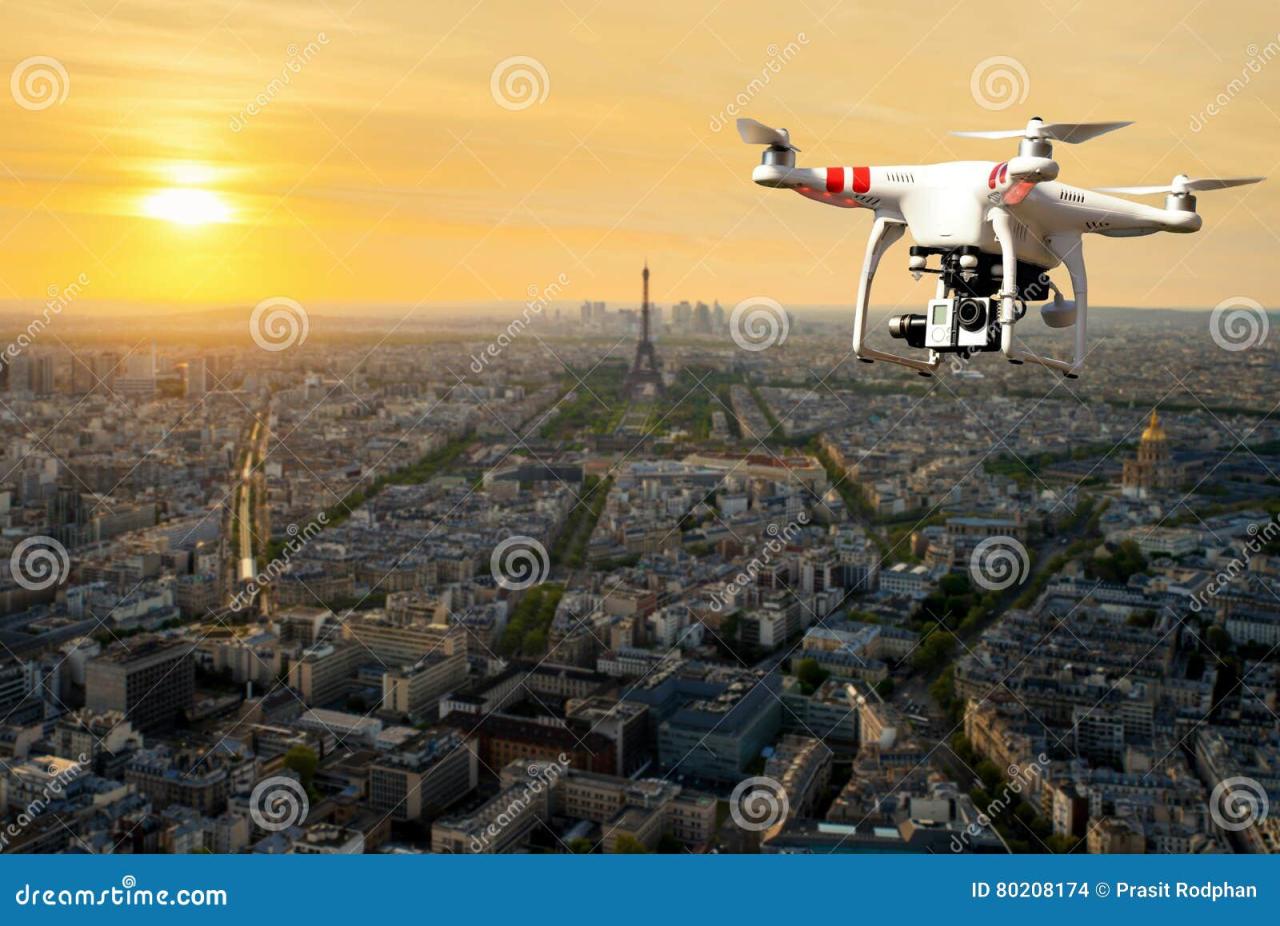
The mystery of the Paris drones remains unsolved, leaving a lingering sense of intrigue and uncertainty. While we’ve explored several potential origins and purposes, the lack of definitive answers underscores the challenges of monitoring and regulating airspace in an increasingly technological world. The incident serves as a stark reminder of the potential for both technological advancement and misuse, highlighting the need for robust security protocols and clear legal frameworks to address the challenges posed by unauthorized drone activity in urban environments.
The story of these mysterious drones is not just about the technology itself, but also about our collective response to the unknown and the ever-evolving relationship between technology and urban life.
Clarifying Questions
What types of cameras might these drones possess?
Potentially high-resolution cameras capable of capturing still images and video, possibly even thermal imaging or other specialized sensors.
How far could these drones realistically fly?
Their range would depend on battery life and technology, but it’s plausible they could cover significant distances within the Paris area.
What are the penalties for illegal drone operation in Paris?
Significant fines and potential legal action, varying depending on the specifics of the violation.
Could these drones be connected to a larger network?
It’s a strong possibility. The coordinated nature of potential sightings suggests a network or centralized control system.
